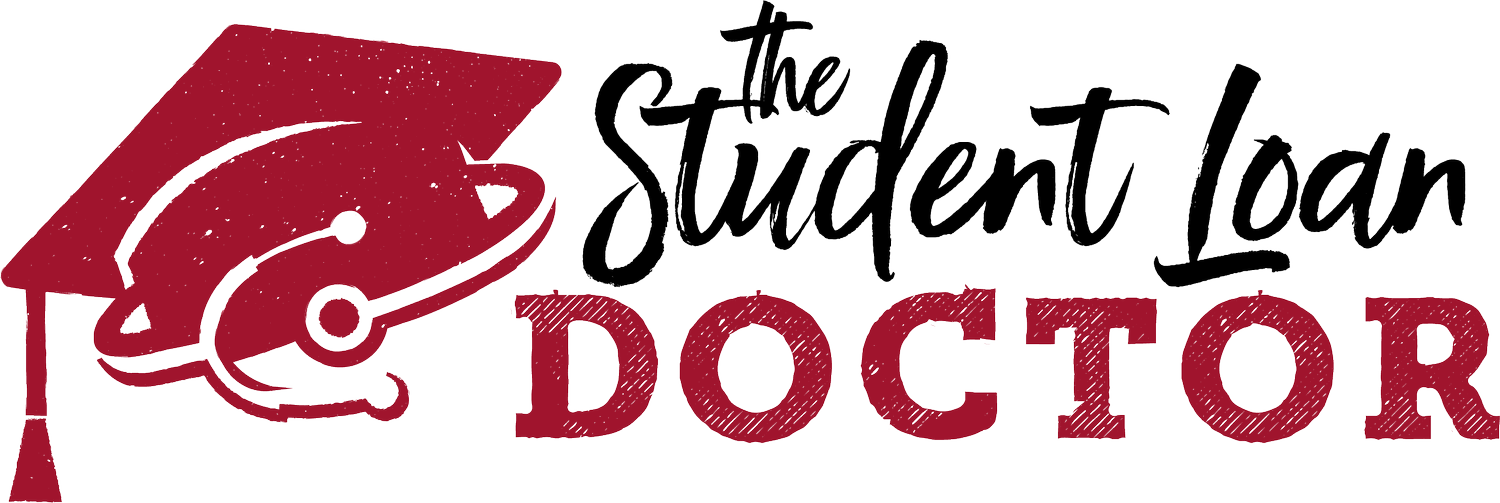What is the Difference Between TEPSLF and PSLF?
The Public Service Loan Forgiveness (PSLF) and Temporary Expanded Public Service Loan Forgiveness (TEPSLF) programs are both designed to help borrowers who work full-time for a qualifying public service employer pay off their federal student loans. However, there are some key differences between the two programs.
PSLF
The PSLF program requires borrowers to make 120 qualifying payments on their Direct Loans while employed full-time by a qualifying public service employer. Qualifying payments must be made under an income-driven repayment plan (IBR, PAYE, or REPAYE) or the standard repayment plan.
TEPSLF
The TEPSLF program is a more limited program that offers loan forgiveness to borrowers who have made qualifying payments under a repayment plan that is not otherwise eligible for PSLF. Qualifying repayment plans under TEPSLF include the Graduated Repayment Plan, the Extended Repayment Plan, the Consolidation Standard Repayment Plan, and the Consolidation Graduated Repayment Plan. In addition, TEPSLF has a lower eligibility threshold than PSLF. Borrowers who have made 120 qualifying payments under a non-qualifying repayment plan are eligible for TEPSLF, while borrowers must make 120 qualifying payments under an IBR, PAYE, or REPAYE plan to be eligible for PSLF.
Program Duration
The PSLF program is an ongoing program, while the TEPSLF program is temporary and will end on October 31, 2026. Borrowers who want to take advantage of TEPSLF must make sure to submit their application before that date.
Which Program is Right for You?
If you are a borrower who is considering applying for loan forgiveness, it is important to understand the differences between PSLF and TEPSLF so that you can choose the program that is right for you. If you are currently enrolled in an IBR, PAYE, or REPAYE plan and have been working full-time for a qualifying public service employer, then PSLF is probably the best option for you. However, if you are currently enrolled in a non-qualifying repayment plan or if you have already made 120 qualifying payments under a non-qualifying repayment plan, then TEPSLF may be a better option for you.
How to Apply for TEPSLF
To apply for TEPSLF, you must submit an application to the U.S. Department of Education. You can find the application form on the Department of Education's website. You will need to provide the following information on your application:
Your name and contact information
Your Social Security number
Your loan information
Your employment information
You will also need to provide documentation that proves that you have been working full-time for a qualifying public service employer and that you have made qualifying payments under a non-qualifying repayment plan.
The Department of Education will review your application and will notify you of their decision within 90 days. If your application is approved, you will receive a letter from the Department of Education stating that your loans have been forgiven.
Conclusion
The PSLF and TEPSLF programs are both valuable resources for borrowers who are working full-time for a qualifying public service employer. However, it is important to understand the differences between the two programs so that you can choose the program that is right for you. If you are not sure which program is right for you, you should consult with a financial aid professional.
If you need assistance applying for TEPSLF or PSLF request a free discovery call with a team member: Click Here
